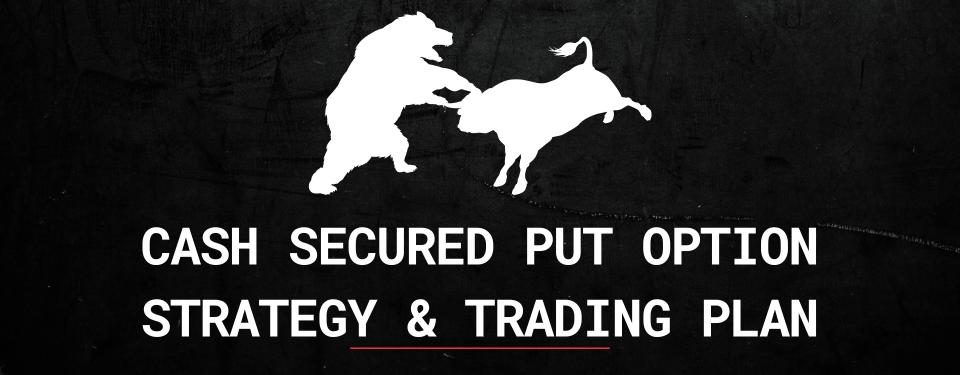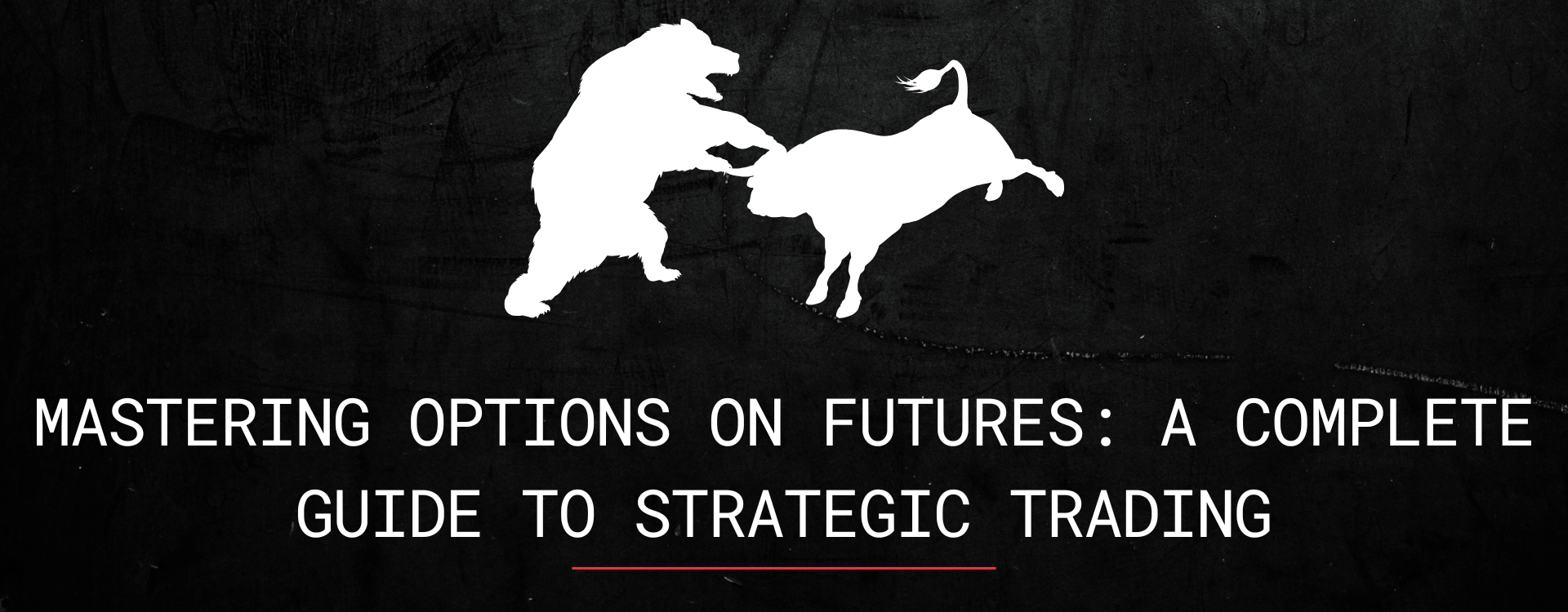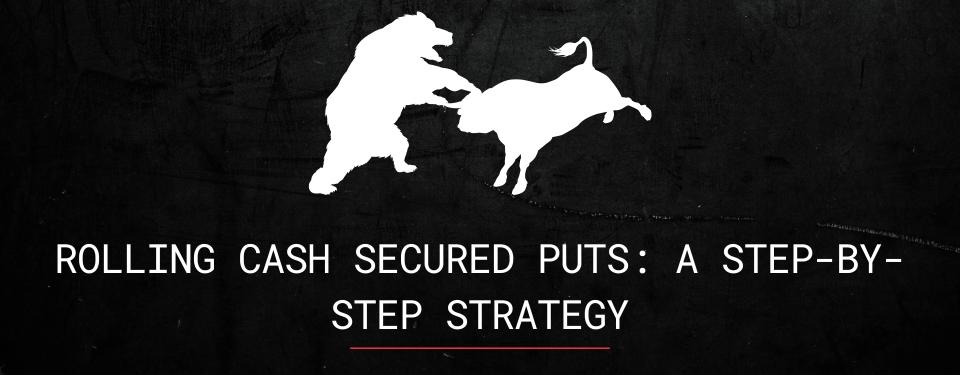Introduction:
We believe in a disciplined and calculated approach to writing Cash Secured Puts (CSPs), following a strategy similar to the great Warren Buffett. Our focus is on selling premium in Put Options while using advanced trade management strategies developed over 15+ years of successful trading.
Key Principles:
When writing a CSP on a stock you wouldn’t mind owning, it’s crucial to ensure you have 100% of the cash to purchase the stock at the strike price, should it be assigned. Here, we back our positions with cash, not margin, to ensure financial security and flexibility.
CSP Trade Entry: A Practical Guide
Our strategy focuses on high-quality companies, taking into account the “moneyness” of options. Moneyness reflects the relationship between the option’s strike price and the stock’s current trading price. Terms such as In-the-Money (ITM), Out-of-the-Money (OTM), and At-the-Money (ATM) are vital for understanding this relationship.
Key Metrics for Trade Entry:
- Delta (∆): 12 to 30 (adjusted based on market conditions)
- Standard Deviation (STD): 0 to 1.2
- Days to Expiration (DTE): 3 to 6 weeks
- Goal: Collect premium
- Objective: Buy the stock at a desired price or manage the trade to avoid assignment.
- Implied Volatility Rank (IVR): The higher, the better.
- VIX (Volatility Index): High levels indicate better opportunities.
- Liquidity: Always choose highly liquid stocks.
Trade Outcomes at Expiration (DTE)
When the expiration day arrives, a CSP can have one of two outcomes:
- Stock Price Above (or at) the Strike Price: If the stock price is above or equal to the sold strike price, the trade expires OTM, and no management is needed. You simply keep the premium.
- Stock Price Below the Strike Price: If the stock price drops below the strike price, you will need to manage the trade to avoid or handle assignment.
Understanding Option Moneyness
There are three important concepts for understanding option moneyness:
- In-the-Money (ITM)
- Out-of-the-Money (OTM)
- At-the-Money (ATM)
For example, if XYZ stock is trading at $50:
- Selling a CSP OTM would involve selling a strike price below $50.
- Selling ATM would involve selling at $50.
- Selling ITM would involve selling a strike price above $50.
Systematic and Unsystematic Risks
Even when selecting high-quality companies with good fundamentals, such as strong P/E ratios or positive cash flow, the stock can still suffer from systematic risk—risk that comes from market-wide factors rather than individual stock performance.
Trading, we mitigate systematic risk by managing trades before they are placed, as this is the only time we have full control.
Managing CSP Positions
The two factors you can control before placing any trade are position size and trade entry. Once a trade is placed, market behavior is unpredictable. That’s why we’ve developed seven proprietary methods to manage Cash Secured Puts.
Our approach doesn’t focus on whether the trade was “right” or “wrong,” but rather on whether it was managed correctly. This ensures we can maximize gains and minimize losses, even if the market moves against us.
Example CSP Trade:
Stock: JPM
Stock Price: $350
Strike Price: $320
DTE (Days to Expiration): 45
Premium: $2.50
Cost Basis: $317.50
OTM Percentage: 9.38%
Scenario 1: Stock Price Closes at $330
Outcome: The stock price ($330) is above the strike price ($320).
In this scenario, the CSP trade will expire OTM (Out of the Money), meaning no assignment occurs, and the trader keeps the premium.
Calculations:
- Premium Collected: $2.50 x 100 shares = $250
- Maximum Gain: Since the stock did not fall below the strike price, the trader keeps the entire premium.
Profit:
- Maximum gain = $250
- There is no loss since no stock purchase is required.
Scenario 2: Stock Price Closes at $350
Outcome: The stock price ($350) is well above the strike price ($320).
In this case, the CSP trade will expire OTM, meaning no assignment occurs. The trader keeps the full premium.
Calculations:
- Premium Collected: $2.50 x 100 shares = $250
- Maximum Gain:
The maximum gain is the premium collected, since no stock purchase is required.
Profit:
- Maximum gain = $250
There is no loss, as the stock price is significantly higher than the strike price, and no shares are assigned to the trader.
Scenario 3: Stock Price Closes at $310
Outcome: The stock price ($310) is below the strike price ($320).
In this case, the CSP trade will expire ITM (In the Money), and the trader will be assigned 100 shares at the strike price of $320. The premium collected reduces the cost basis of the shares.
Calculations:
- Stock Assignment:
The trader is assigned 100 shares at the strike price of $320.
Cost Basis: $320 – $2.50 (premium) = $317.50 - Market Value of the Assigned Shares:
Since the stock is now trading at $310, the value of the assigned shares is $310 x 100 = $31,000. - Cost of the Assigned Shares (based on the strike price):
$317.50 x 100 shares = $31,750 - Loss on Stock Value:
$31,750 (Cost Basis) – $31,000 (Market Value) = -$750
Net Loss Calculation:
- Loss on the assigned stock = -$750
- Premium collected = $250
- Net Loss = $750 – $250 = –$500
Summary for $310 Close Price:
Net Loss: -$500
Loss on stock value: -$750
Premium collected: $250
Summary of the Three Scenarios
- Stock closes at $330 (Above strike price):
- No assignment, trade expires OTM.
- Gain = $250 (premium collected)
- Stock closes at $350 (Well above strike price):
- No assignment, trade expires OTM.
- Gain = $250 (premium collected)
- Stock closes at $310 (Below strike price):
- Assigned 100 shares at $320, with a cost basis of $317.50.
- Loss = $500 (after factoring in the premium collected)
Max Gain and Max Loss for the CSP Trade:
- Maximum Gain (Best Case Scenario):
When the stock stays above the strike price ($320), the trader’s maximum profit is the premium collected, which in this case is $250. - Maximum Loss (Worst Case Scenario):
Theoretically, the worst-case scenario happens if the stock goes to $0, in which case the maximum loss would be:- Cost basis = $317.50 x 100 shares = $31,750
- Since the stock value is $0, the trader loses $31,750 but keeps the $250 premium, so the maximum loss is $31,750 – $250 = -$31,500.
Key Insights:
- Limited Upside: The trader’s maximum profit is limited to the premium collected ($250).
- Downside Risk: The downside risk occurs if the stock falls below the strike price. If assigned, the trader may face losses on the stock position but still keeps the premium.
- Effective Risk Management: At Unison Trading, we focus on managing trades before entry to mitigate risks and ensure the best possible outcomes.
Advanced CSP Management Strategies
Our goal is never to pay for an insurance claim (ITM expiration) but rather to manage trades using our advanced methods to collect more premium and minimize losses. We have developed seven proprietary techniques to handle CSPs, allowing us to profit from volatility while maintaining a long-term perspective on stock performance.
CSP Assignment & Reassignment
Short options, whether calls or puts, can be assigned at any time if the option is ITM. As the seller, you grant buyers the right to assign the stock to you at the strike price.
At Trading, we view assignment as part of the business and use reassignment methods to profit further from this situation.
Conclusion
Cash Secured Puts (CSPs) offer a reliable and controlled way to generate consistent income through option premiums, while also providing the opportunity to purchase high-quality stocks at a price you are comfortable with.
The strategy is particularly appealing to traders who are prepared to own the underlying stock and have the cash on hand to do so. By collecting premium upfront and managing trades effectively, as seen in the scenarios, CSPs allow traders to benefit from market movements while minimizing risk.
The key to success with CSPs lies in solid trade management, understanding the risks, and always having a plan for assignment. At Unison Trading, we emphasize the importance of entering trades with well-defined goals and knowing the possible outcomes, whether it’s to profit from the premium or to purchase a stock at a lower price. With this approach, traders can navigate the complexities of the market while maintaining control over their risk and reward.




